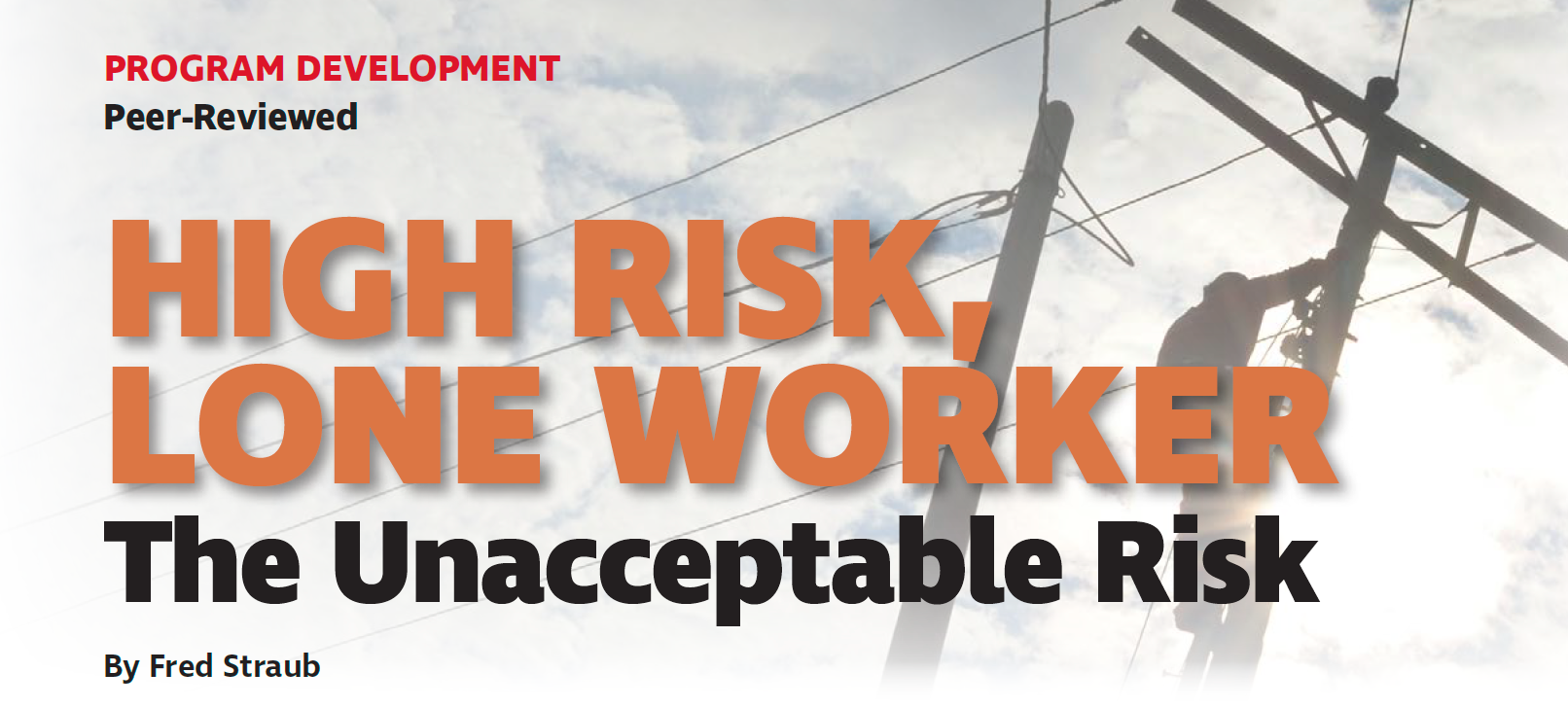High Risk Lone Worker: The Unacceptable Risk
Posted July 17, 2018
Imagine it’s a hot summer day and David the field technician receives an electronic text for a service call in the middle of his morning schedule. David adjusts his schedule to accomplish an assigned urgent task: the repair or replacement of a cooling fan for a natural-gas-fired HVAC unit atop the roof of a customer’s correctional facility.
Arriving at the work site 30 minutes later via a company vehicle, David positions an extension ladder to gain access to the client’s roof. He troubleshoots the HVAC unit and determines the malfunction to be a faulty bearing set. David climbs down to his vehicle to obtain the replacement part and returns to the roof with an extension cord and a reciprocating saw to complete the work. He locates a rooftop electrical outlet to power his saw and begins to disassemble the unit. When the repair is completed, David intends to return to ground level, lower and stow the ladder and proceed to a nearby fast food establishment to take his lunch break and cool off.
OSH professionals will quickly grasp the serious injury and fatality (SIF) hazard potentials that this worker encountered while working alone, remotely or in isolation. Consider the motor vehicle operation, ladder ascent/descent, fall from an elevated working surface, flammable gas under pressure, electrical contact through a power tool and extension cord, energized electrical HVAC components, unexpected HVAC start-up, workplace violence potential and heat stress exposure due to elevated temperature extremes.
The risk appetite of U.S. employers is maturing to recognize and respond to the hazards of lone work. Old business paradigms of minimal staffing to achieve maximum profits are being countered with wise risk management decisions to produce quality service and products in a safe manner.
An estimated 53 million people are lone workers in the U.S., Canada and Europe (Myers, 2015). Once OSH professionals begin pondering the topic, work environments and tasks for which lone work has been accepted in the past, despite the related SIF potentials, are easily identified and countered. The author believes a risk-based approach to OSH will not let this unsafe paradigm continue.
A full version of this published article is available here. You can also click on the image above to download.

